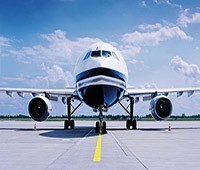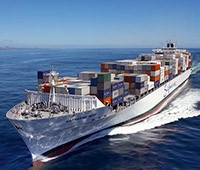Tools
CALCULATE THE WEIGHT OF TAXABLE
The two main factors that affect the final cost of shipping is the weight & the volume occupied. In the field of transport & logistics is the weight / volume ratio parameter used to calculate the rates, different for each type of transport (air, sea, l&). For example, in the field of road transport is taken as reference the national ratio of 1: 300, that is, it is assumed that a cubic meter of commodity weights 300 kg. Transport rates are calculated based on the greater of the actual total weight or total weight volume (also taxable) of all the packages part of a shipment. The chargeable weight is obtained by multiplying the volume of the neck with the weight-to-volume ratio provided by the type of transport.

AIR FREIGHT EQUIVALENCE: 1 CBM = 167 KG
For Example
> No. 8 Packages with total weight kg. 450, each package size of 75 x 65 x 80 cm.> The volume of the shipment is 8 x 75 x 65 x 80 = 3.12 m3
> The chargeable weight is then 3.12 x 167 m3 = 521 kg > 450 kg
> The cost of shipping will be calculated on 521 kg of weight taxable
OCEAN FREIGHT EQUIVALENCE: 1 CBM = 1000 KG

For Example
> No. 10 Packages with total weight kg. 3500, the size of each neck 120 x 100 x 80 cm.> The volume of the shipment is 10 x 120 x 100 x 80 = 9.60 m3
> The chargeable weight is then 9.60 m3 x 1.000 = 9.600 kg > 3,500 kg
> The cost of shipping will be calculated on 9,600 kg of chargeable weight
ROAD FREIGHT

For Example
> No. 6 Packages with total weight kg. 1550, size of each package 120 x 75 x 80 cm.> The volume of shipping is equal to 6 x 120 x 75 x 80 = 4,32 m3
> The chargeable weight is then 4.32 x 333 m3 = 1.439 kg < 1.550 kg
> The cost of shipping will be calculated on 1,550 kg of actual weight
